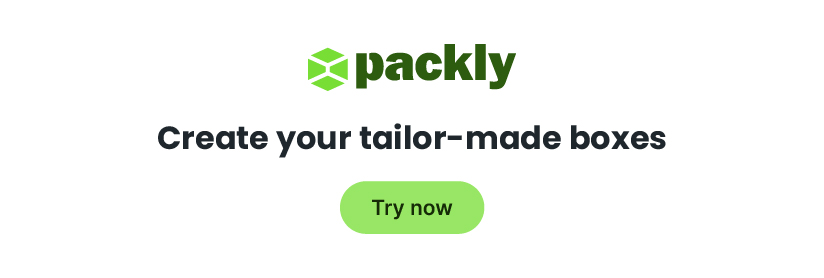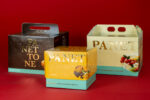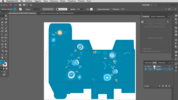Cardboard packaging. A convenient, sustainable and cost effective solution that we tend to take for granted. Today we will tell you everything you wanted to know about cardboard, but you never dared to ask in 5 curiosities.
Cardboard packaging. By now we know it well and use it in the most diverse sectors. It is far from mind-blowing for us. There are 5 curiosities about cardboard you may not know though, which Packly wants to share with you.
1. The cardboard box was invented by mistake
In 1879 the employee of a paper factory in New York did not notice that the printing rule was too high and, according to the record, he cut thousands of bags of seeds instead of folding them. Rather than throwing them away and stopping production, the owner Robert Gair realized that by changing the height of the sharp blades he would have achieved a different result. After the accident, he saw that cutting and folding cardboard at one time actually created prefabricated boxes. Until then, making boxes was a process that required time and money and for this reason they were used only for luxury products. Now, thanks to Gair, cardboard boxes could be produced in series, making them cheaper. In the same year, the entrepreneur patented a machine that manufactured folded boxes. Gair, who moved the headquarters to Dumbo, developed a methodology for the serial production of cardboard containers and subsequently supplied large companies such as Kellogg and Nabisco.
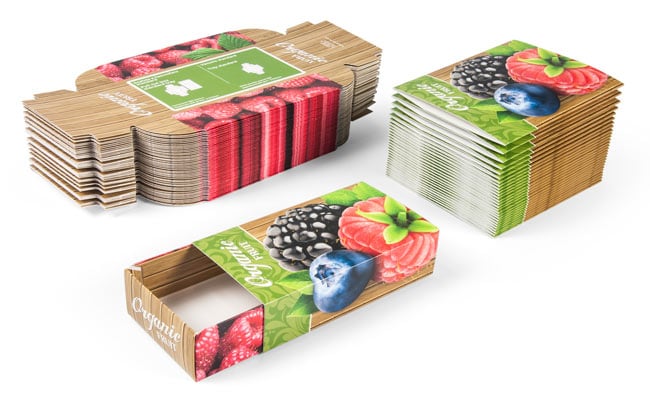
2. Your cereal box is actually inside out
The first cereal boxes were made with the waxed part on the outside and not on the inside. Recently a TikTok video went viral, showing how the modern cereal box can be sealed quickly and easily. Kellog’s in 1850 was among the first companies to abandon wooden boxes and switch to the more convenient and less pricey cardboard ones for large-scale distribution.

3. Cardboard packaging creates expectation and emotion.
Almost everyone agrees that tearing and unwrapping a package is an exciting experience, we talked about it with regards to unboxing. Why? Since they take longer to open, boxes create a feeling of interest and expectation. This fundamental idea further influenced promotion and advertising companies. Using cardboard you can print logos, attractive designs and product information on packaging without much effort! For some buyers, a well designed packaging protects the items and helps determine the reputation and success of a brand.

4. Cardboard boxes stimulate creative activity
In the eyes of a child, a cardboard box can turn into a spaceship, a submarine or a racing car. Studies have shown how children who play and communicate through objects, like boxes, become more creative. The manipulation of materials refines their physical senses, raises questions and makes them think in a more innovative way. Furthermore, building toys in wood or cardboard, from a Montessori point of view, increases awareness of oneself and of the objects populating the spatial dimension around us.


5. Cardboard packaging is a work of art
In France there is a cardboard and printing museum called Musée du Cartonnage et de l’Imprimerie, which traces back the history of this material. It starts from the first cardboard boxes made to transport moths and silkworm eggs up to illustrating the most modern uses. After the classic trip to the Louvre and a quick greeting to Monnalisa, we recommend you to drop by.
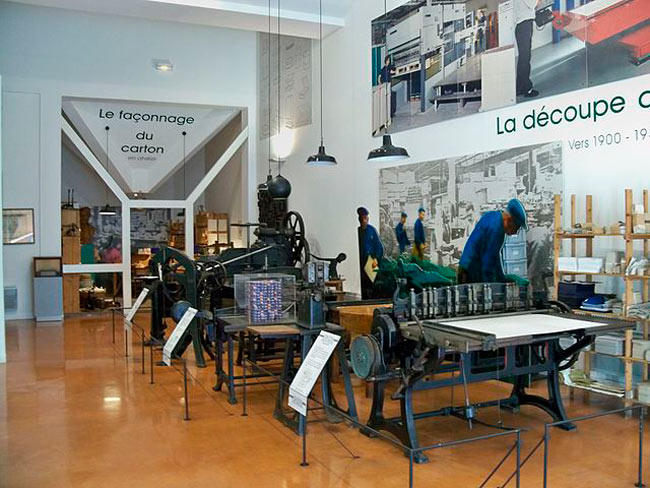
Conclusions
Cardboard has really made the history of packaging. Are you also thinking what we’re thinking? Try to build one or more prototypes, experiment as you wish and you will be able to get the result delivered directly to your home door or to your office.




